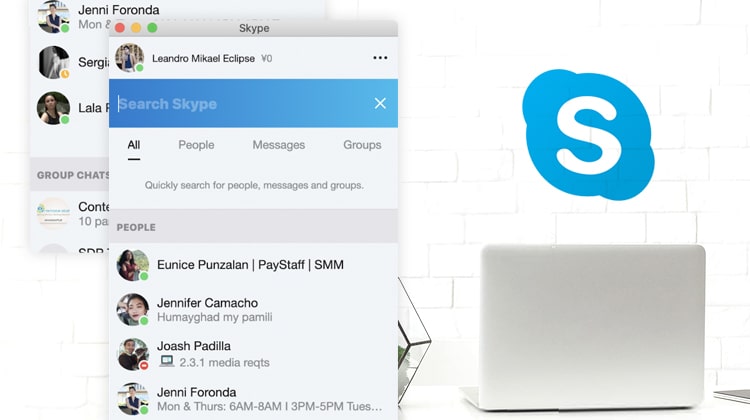

Set the following: Password never expires, and account is disabled, no password.Domain: Select the appropriate domain for the user logon name.User Login Name: AA sip address / primary URI (without sip: e.g.Create new User Objects for each AA / CQ entity using the following as an example:.Determine which OU on-premises that you want to apply the new user objects for AA and CQ.Via Skype Online PowerShell, you can also gather this info via: get-csHuntgroup and get-csorganizationalAutoAttendant.new-cshybridapplicationEndpoint -ApplicationID, etc”. Gather the info supplied by warning (e.g. A warning will be thrown as shown highlighted above (AD Objects missing).Create your AA and CQ in office635 Skype Online.If they are already built, you can skip to step 2. The steps outlined below assume you haven’t created Auto-Attendants (AA) or Calls Queues (CQ) yet.

Additionally, adding this object will allow the objects to show up in your address book, in turn allowing on-premises users to “Skype” call as well as call via PSTN number. This will allow your Call Queues and Auto Attendants to function correctly, suppressing the error seen in the Office 365 Skype for Business Admin Center portal. You can still meet the requirement by adding user objects to your on-premises Active Directory manually using the steps outlined below. If you do not have CU5 or above, this cmdlet will return an error when attempting to execute. If you have Skype for Business Server 2015 CU5 (or later) you can run the recommended “New-CsHybridApplicationEndpoint” cmdlet on-premises as shown in the screenshot above. While deployed in Microsoft Skype for Business Hybrid mode and adding Call Queues and/or Auto Attendants in Microsoft Office 365 Skype Online Phone System (formerly known as Cloud PBX) a warning is thrown stating the active directory entry is missing for these entities:


 0 kommentar(er)
0 kommentar(er)
